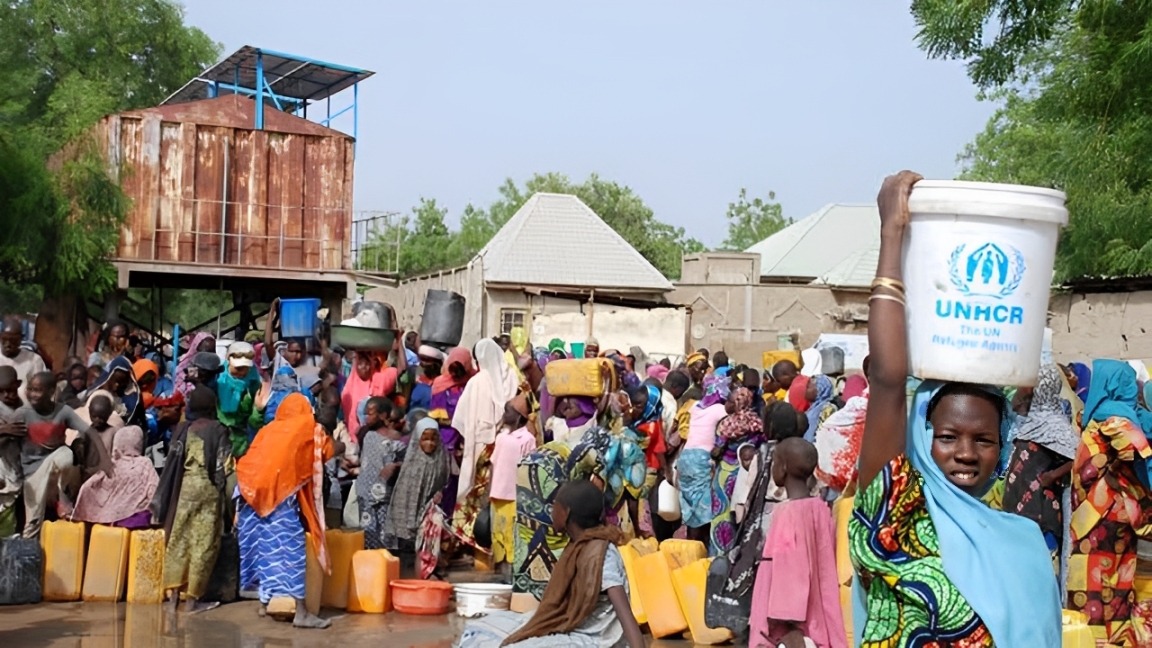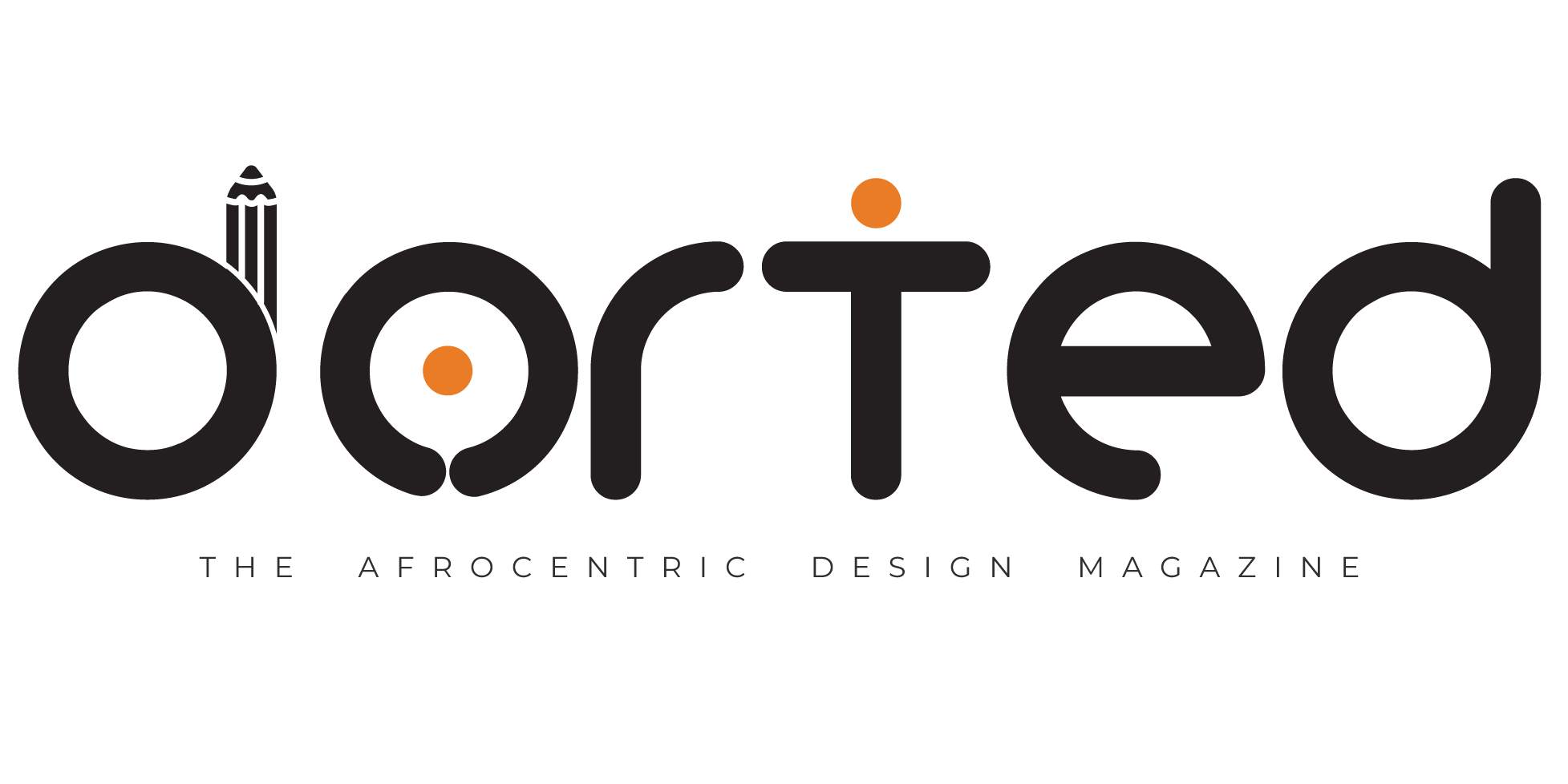by: Arc. Biola Akinola
An Architectural Reflection for World Refugee Day 2025

Every human deserves a safe place to sleep. Not just four walls, but a place of rest, of recovery, of remembrance, and hopefully, of renewal.
Though the world marked World Refugee Day on June 20, 2025, under the theme “Solidarity with Refugees,” the conversation must not be confined to a single date. As architects, we are reminded that architecture is never neutral in times of crisis: it either shelters dignity or deepens despair.

Displacement by the Numbers and the Nigerian Context
Today, over 114 million people around the world are forcibly displaced
fleeing conflict, persecution, disasters, and climate emergencies.
Millions live in limbo—stateless, homeless, and often voiceless.
In Nigeria alone, the impact is real:
Over 3 million internally displaced persons (IDPs) due to conflict in the Northeast, herder-farmer clashes, and natural disasters.
Refugees hosted from neighbouring nations—Cameroon, Niger, Chad, and the Central African Republic.
Climate change is displacing entire communities in the North, and coastal erosion is threatening the South.
Refugee camps, IDP settlements, and informal shelters now dot our landscape—often hastily built, poorly designed, and dangerously inadequate.

Where Architecture Meets Humanitarianism
Architects and planners must stand in solidarity not just in words, but in design.
This is where humanitarian architecture becomes a moral obligation: designing not just structures, but systems that:
- Heal trauma
- Preserve dignity
- Offer hope
- Enable resilience

Design Principles for Refugee and IDP Spaces:
- Speed with Sensitivity: Emergency doesn’t mean inhumane. Temporary doesn’t mean ugly.
- Cultural Relevance: Designs must reflect the traditions, faiths, and spatial habits of displaced populations.
- Modularity and Scalability: Units that grow with time and changing needs.
- Climate Responsiveness: Passive cooling, local materials, and solar power—especially in Nigeria’s harsh zones.
- Privacy and Protection: Design that allows people to feel safe, especially women and children.
- Community Spaces: Healing happens not just in shelters but in shared places—schools, markets, places of worship, and play areas.
- Inclusion of Refugees in Design Process: Nothing about them without them.

Nigerian Responses That Need Amplifying:
Architects designing with NGOs like the Norwegian Refugee Council, UNHCR, and Médecins Sans Frontières.
Creative shelter solutions by local professionals using earth bags, bamboo, and repurposed shipping containers.
Modular sanitation and water access units for flood- and drought-prone areas.
But we require more:
More support.
More visibility.
More integration of refugees and IDPs into urban planning, not just isolated camps.

Architecture as Advocacy
Solidarity must go beyond tarpaulin roofs and hand-me-down tents.
It must be seen in:
- Urban design that welcomes the displaced, not walls them off.
- Policies that enable refugee housing to transition from “temporary” to “liveable.”
- Prototypes that inspire new ways of building amidst emergencies and loss.

Conclusion: Shelter Is Solidarity
“The ache for home lives in all of us.”
_Maya Angelou
This World Refugee Day, let us remember:
Every refugee camp is an architectural response -and every design choice either affirms or denies their humanity.
We must build not just for the body,
but for the memory, the mourning, and the hope of every displaced soul.
As architects, we are not just called to draw plans -We are called to stand in solidarity.
And that solidarity must be made of bricks, bamboo, and steel—and most of all, compassion.
Discover more from dorted
Subscribe to get the latest posts sent to your email.







